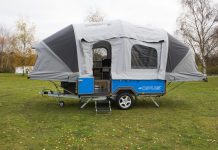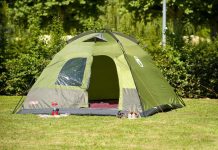 For those keen on camping, a trip into the jungle has great appeal.
For those keen on camping, a trip into the jungle has great appeal.
The thought of adventure and the sense of facing the unknown can make experiencing the tropical side of life a real thrill. [Forest camping]
When you follow the call of the jungle, why not try sleeping in a hammock.
With a hammock you can share the freedom felt by animals that live amongst the trees and relish the possibilities. There is a wide range to choose from and you will find them more luxurious than you might have imagined.
These include quilted hammocks and a variety of accessories including pillows, side tables and blankets. There is a lot more that just rope involved in a 21st century hammock.
Most come in a variety of colors and sizes so you can create a customized hammock to suit your particular needs. If jungle living is going to be a regular thing then invest in the best that you can afford.
Make sure you do plenty of research so you know exactly where it is available, read reviews where possible personal experience is a great recommendation.
As well as comfort and quality, cleaning should be a consideration, as regular use includes careful maintenance.
Some hammock designs can be tied to accompanying stands but these are more suited for use in the garden rather than in jungle conditions. For the latter you will need to ensure that your chosen hammock has enough rope provided to tie it up.
Lastly always practice before going on your jungle journey, make sure you are confident and well able to create your very own lofty bed.









